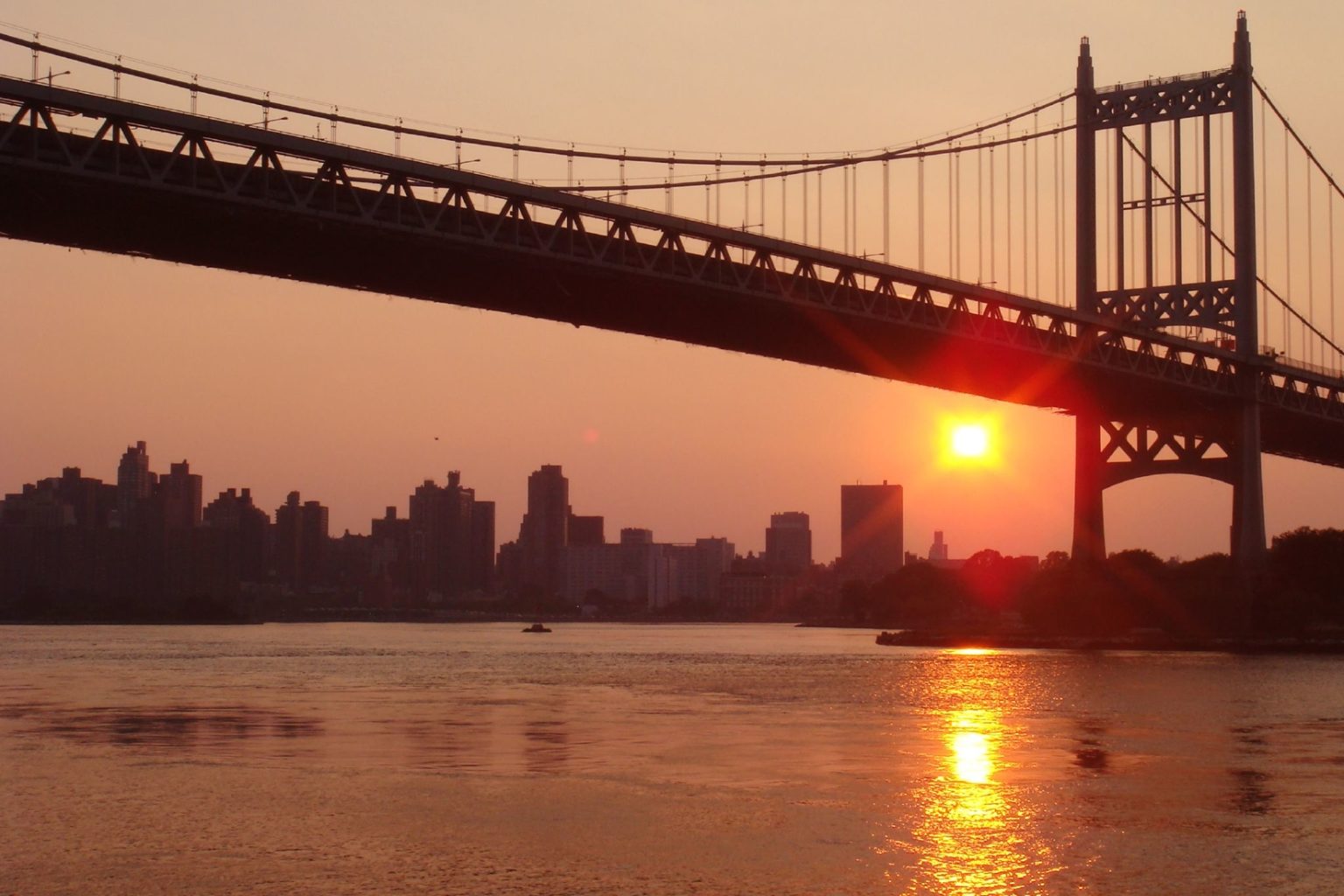Deadly heat stress is projected to affect hundreds of millions more people each year under relatively little additional climate warming. The Paris Agreement commits the international community to limit global warming to no more than 2℃ above pre-industrial (late 19th century) air temperatures, with an aspirational target of 1.5℃. In our latest research, which looked at the impact of global temperature rises on megacities, we found that even if 1.5℃ is achieved, large increases in the frequency of deadly heat are expected.
By 2050 about 350 million more people living in megacities could be exposed to deadly heat each year.
Humans become “heat stressed” when the body absorbs more heat than is tolerable. If core body temperature rises just a few degrees above 37℃, deadly heatstroke can result. By using its cooling system – sweating – the human body can maintain a safe temperature even if air temperatures rise above 37℃. This mechanism works better in a drier atmosphere (which is why steam rooms feel hotter than saunas – even at the same air temperature). The heat index is a measure that combines this humidity effect with air temperature to provide a “feels like” temperature. A heat index in excess of about 40.6℃ is considered dangerous to human health.
As global air temperatures rise, observations and experiments with climate models suggest that atmospheric moisture content also climbs. This means that the heat index (and how hot it feels) rises faster than air temperature. Also, because the amount of moisture the atmosphere can hold increases more rapidly at higher temperatures, the heat index rises faster too (a non-linear response).
Strong incentive to limit global warming
Second, there may be progressively heavier global impacts if the Paris targets are breached. Our analysis suggests that for 1.5℃ warming, the global heat stress burden will be almost six times greater than experienced during 1979-2005. But heat stress is 12 times greater if warming reaches 2℃. With 4℃ warming – which could happen if mitigation efforts fail – our analysis suggests that the global heat stress burden could be more than 75 times larger.
Such large increases in heat stress may be hard to imagine, so we used recent heat waves to help communicate the impacts that may lie ahead.
For example, in 2015, Karachi and Kolkata in India experienced lethal temperatures. Our analysis suggests that in a 2℃-warmer world, both cities could experience these deadly conditions at least once a year. If global warming reaches 4℃, the record heat of 2015 would be commonplace – more than 40 days a year. Other regions would not be immune. With only 1.5℃ of warming, twice as many global megacities (cities with a population greater than 10m, including Lagos, Nigeria, and Shanghai, China) could start to regularly experience heat stress. At 2℃, Tokyo (the world’s most populous city), may be affected. New York City joins the list at 4℃.
Across all megacity regions, if the 1.5℃ limit is breached by the 2050s, as many as 350m people globally could be regularly exposed to dangerous heat stress. This is more than a fourfold increase compared with 1979-2005.
Heat stress sensitivity to global temperature rise and the potential human impacts – even at 1.5℃ above pre-industrial levels – provide a strong incentive for limiting global warming. Warming associated with the Paris targets may sound modest enough for the urgency of the situation to be lost. Our analysis shows that even if ambitious mitigation targets are met, the need to adapt to extreme heat will remain. The high concentration of people and heat in urban environments make cities an important focus for these adaptation efforts.
Tom Matthews is a lecturer in physical geography at Liverpool John Moores University
This article was originally published on The Conversation. Read the original article.
Main image credit: Bill via Flickr CC BY–SA
Subscribe to our newsletter
Stay up to date with DeSmog news and alerts







